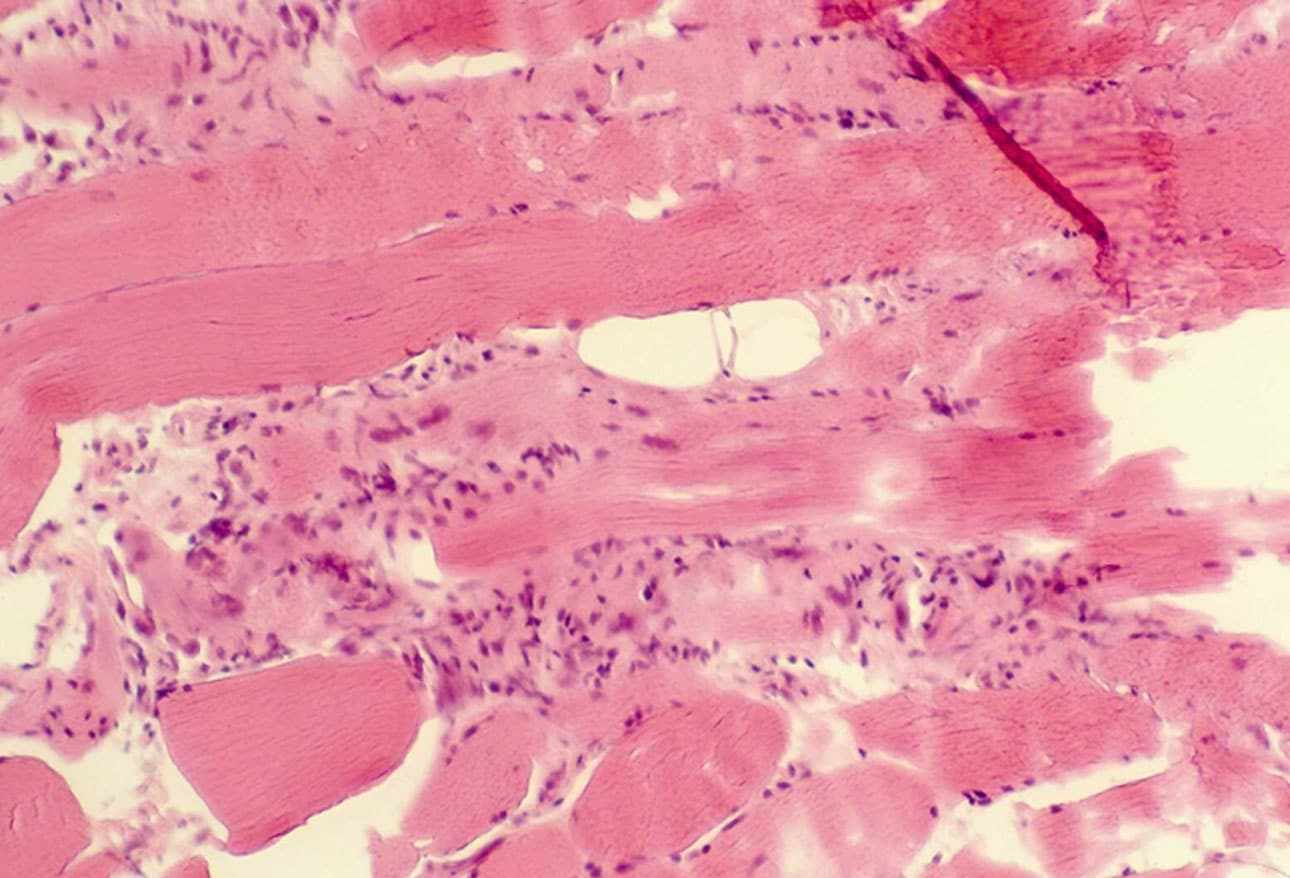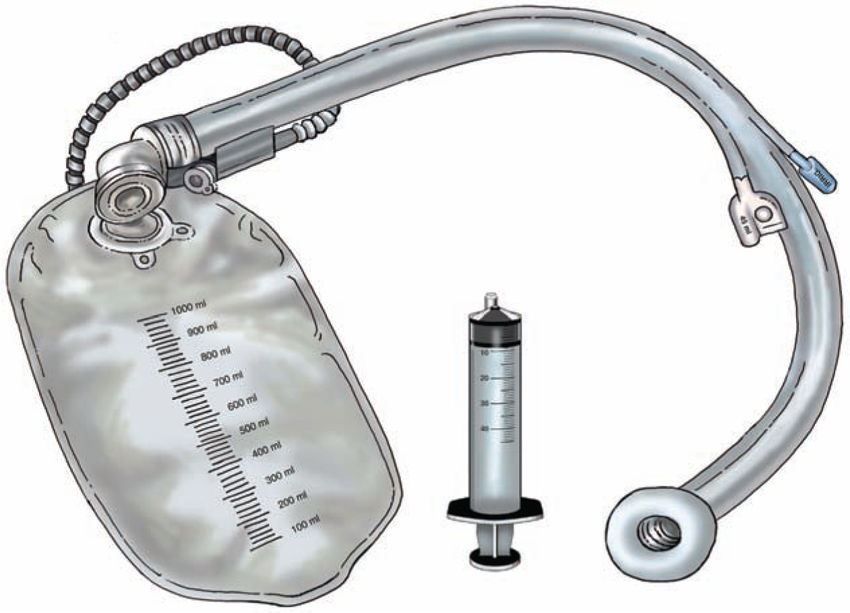
The Retinal Vein Occlusion market is witnessing significant transformation driven by advancements in therapeutic interventions and expanding disease awareness. Given its critical role in ophthalmology, understanding market size, growth drivers, and evolving market dynamics is essential for stakeholders aiming for optimized business growth and competitive advantage.
Market Size and Overview
The Retinal Vein Occlusion Market is estimated to be valued at USD 2.40 billion in 2025 and is expected to reach USD 3.58 billion by 2032, growing at a compound annual growth rate (CAGR) of 5.9% from 2025 to 2032
This Retinal Vein Occlusion Market Growth trajectory reflects increasing market revenue driven by rising incidence of retinal vascular diseases coupled with emerging innovative therapies targeting vein occlusion pathologies. The expanding market scope is further bolstered by favorable reimbursement policies and growing patient awareness across emerging economies, signaling enhanced market opportunities and steady business growth.
Current Event & Its Impact on Market
I. Major events impacting Retinal Vein Occlusion Market in 2024-2025:
A. Launch of Novel Sustained-Release Therapies – The FDA approval of innovative sustained-delivery corticosteroids and anti-VEGF implants, such as Durysta by a leading pharmaceutical company, enables less frequent intravitreal injections.
- Potential impact on Market: This improves patient compliance significantly, expands treatment options, and drives increased market share for advanced therapeutics globally.
B. Integration of AI-Driven Diagnostic Tools in Ophthalmology Clinics – Increased adoption of AI imaging systems in developed markets for early detection of retinal occlusions.
- Potential impact on Market: Enhances early diagnosis rates, fueling demand for therapeutic interventions, thereby propelling market growth and reshaping market dynamics based on technological advancements.
C. Rising Prevalence of Diabetes in Asia-Pacific Region – The regional surge in diabetes and associated retinal complications marks an increased patient pool.
- Potential impact on Market: Expands geographic market segments, intensifying demand and boosting market revenue in Asia-Pacific.
II. Additional major events influencing the market environment:
A. Supply Constraints due to Raw Material Shortage – Disruption in sourcing specialized compounds for retinal drugs from Southeast Asia amid regulatory tightening.
- Potential impact on Market: Temporary restraint on production volumes, influencing market forecast negatively in the short term.
B. Policy Revisions Favoring Ophthalmic R&D – Government incentives for ophthalmology-focused biotech ventures across North America.
- Potential impact on Market: Encourages innovation, accelerates clinical trials, and opens new market opportunities with technology-driven product launches.
C. Emergence of Biosimilars for Anti-VEGF Agents – Entry of biosimilars offering cost-effective alternatives to originator molecules in Europe.
- Potential impact on Market: Enhances competitive landscape, potentially reducing market revenue for original products but expanding overall market uptake.
Impact of Geopolitical Situation on Supply Chain
A prominent instance in 2024 was the trade tensions between key raw material exporters in Southeast Asia and major pharmaceutical hubs in the US and Europe. Restrictions on the export of specialized pharmaceutical-grade compounds delayed production lines for retinal vein occlusion therapeutics, subsequently impacting delivery schedules. This directly affected market companies’ ability to meet rising demand, causing fluctuation in inventory levels and leading to temporary market restraints. The supply chain vulnerability exposed by these geopolitical challenges has underscored the need for supplier diversification to maintain uninterrupted market growth and timely fulfillment of market orders.
SWOT Analysis
Strengths:
- High unmet medical need driving continuous innovation and market demand.
- Presence of well-established retinal vein occlusion market players with robust R&D capabilities.
- Increasing adoption of novel drug delivery platforms improving patient compliance.
Weaknesses:
- Dependency on a limited number of specialized raw material suppliers leading to supply chain vulnerabilities.
- High treatment costs limiting market penetration in low-income regions.
- Regulatory challenges slowing down market introduction of novel therapies.
Opportunities:
- Expanding patient awareness and screening programs particularly in Asia-Pacific and Latin America.
- Development of biosimilars and generics to broaden market access.
- Growth in telemedicine and AI-based diagnostics facilitating early intervention.
Threats:
- Stringent pricing regulations in developed economies impacting profit margins.
- Competitive pressure from alternative therapies and off-label treatment options.
- Geopolitical uncertainties causing periodic supply disruptions and market instability.
Key Players
- Roche
- Regeneron Pharmaceuticals
- AbbVie
- Novartis
- Kodiak Sciences Inc.
- Bausch + Lomb
- Allergan (AbbVie subsidiary)
- Santen Pharmaceutical
- Bayer AG
- Alimera Sciences
- Heidelberg Engineering
- Novartis AG
- Ophthotech Corporation
- Angiogenesis Foundation
- Carl Zeiss Meditec
In 2025, Roche and Regeneron Pharmaceuticals strategically expanded their retinal vein occlusion market presence through technology partnerships focused on advanced anti-VEGF molecule delivery systems, increasing treatment efficacy and market share. AbbVie invested significantly in R&D for sustained-release therapeutics, achieving favorable clinical outcomes that positively influenced their market revenue. Furthermore, Novartis leveraged AI-based diagnostic collaborations to enhance early detection solutions, bolstering their position across emerging market segments.
FAQs
1. Who are the dominant players in the Retinal Vein Occlusion Market?
Key market players include Roche, Regeneron Pharmaceuticals, AbbVie, Novartis, and Kodiak Sciences Inc., who lead the landscape with extensive R&D investments and innovative therapeutic solutions.
2. What will be the size of the Retinal Vein Occlusion Market in the coming years?
The market size is projected to grow from USD 2.40 billion in 2025 to approximately USD 3.58 billion by 2032, reflecting a healthy CAGR of 6.0%.
3. Which end-user industries have the largest growth opportunity?
Ophthalmology clinics and specialty eye hospitals represent the largest growth segments due to rising diagnosis rates and adoption of novel therapies.
4. How will market development trends evolve over the next five years?
Market trends are expected to align with increased adoption of AI-enhanced diagnostics, sustained-release therapies, and expansion into emerging regions, facilitating business growth.
5. What is the nature of the competitive landscape and challenges in the Retinal Vein Occlusion Market?
The competitive landscape is concentrated among technologically advanced market companies, with challenges including regulatory complexity, high therapy costs, and supply chain risks.
6. What go-to-market strategies are commonly adopted in the Retinal Vein Occlusion Market?
Market companies typically adopt collaboration-driven innovation, strategic acquisitions, and localization of production to accelerate product availability and enhance market penetration.
‣ Get more insights on : Retinal Vein Occlusion Market
‣ Get this Report in Japanese Language: 網膜静脈閉塞症市場
‣ Get this Report in Korean Language: 망막정맥폐쇄시장
Author Bio:
Money Singh is a seasoned content writer with over four years of experience in the market research sector. Her expertise spans various industries, including food and beverages, biotechnology, chemical and materials, defense and aerospace, consumer goods, etc. (https://www.linkedin.com/in/money-singh-590844163 )




















Write a comment ...